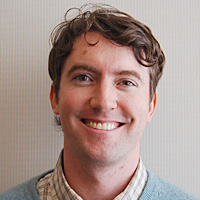Think of a favorite memory. Perhaps it was your first kiss, a game-winning shot or the birth of your child. Now ask yourself, what's it worth?
The best memory is typically a shared experience, a phenomenon greater than the sum of its parts. The kiss is memorable for its passion, the shot for its joy and the birth for its life.
The appreciation of a memory often comes from its reliving with a shared party. But when that other loses the memory, does its value change?
Every day I invest in precious moments destined to be forgotten. I have two young daughters. My toddler will likely never remember saying I looked "broken" when I danced, and my infant surely won't remember her hectic birth in an ambulance.
Modern neuroscience suggests it's impossible to remember much of our first two years. The average earliest long-term memory doesn't appear until three and one-half, in part because we can't make sense of early experiences.
